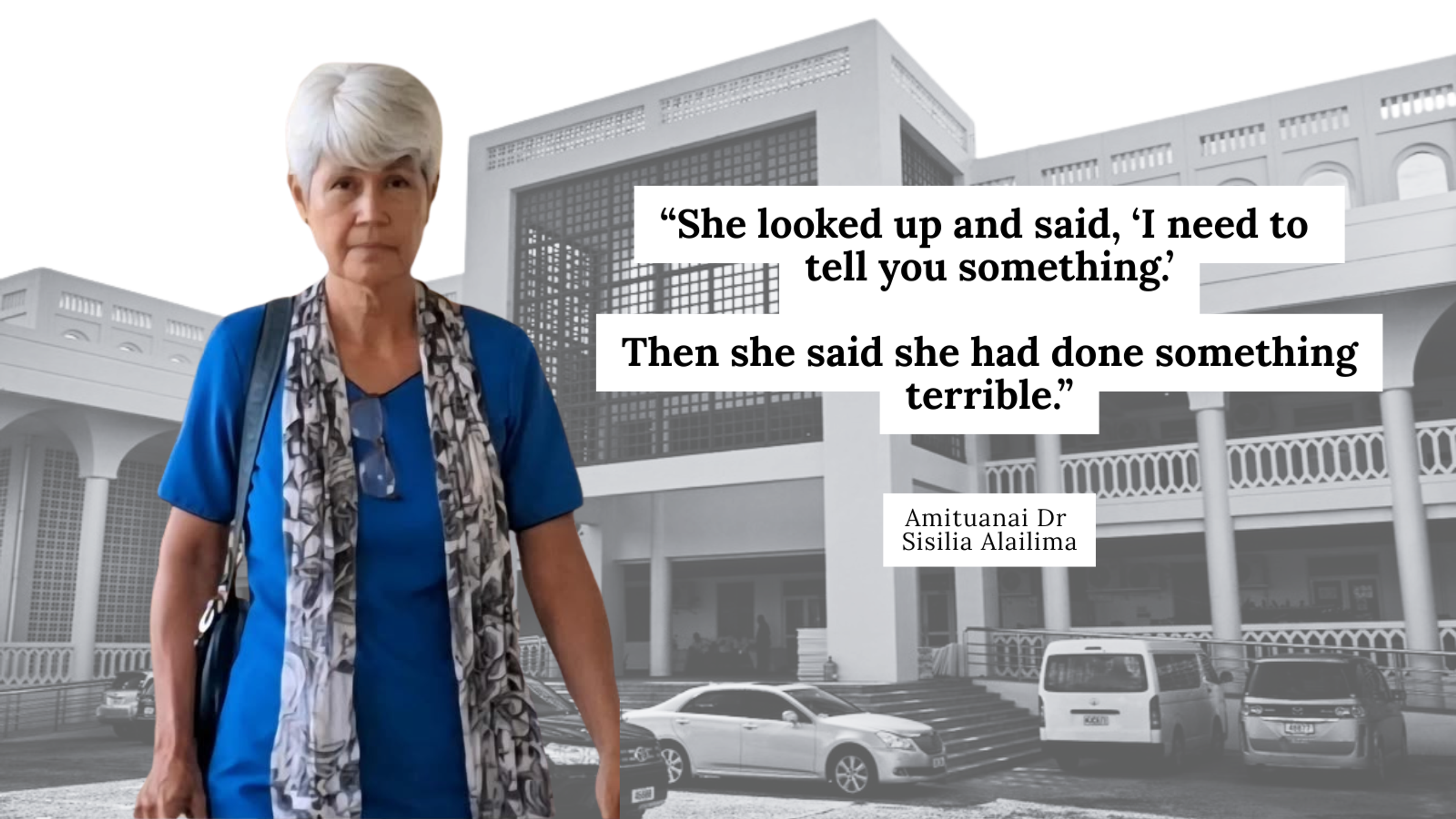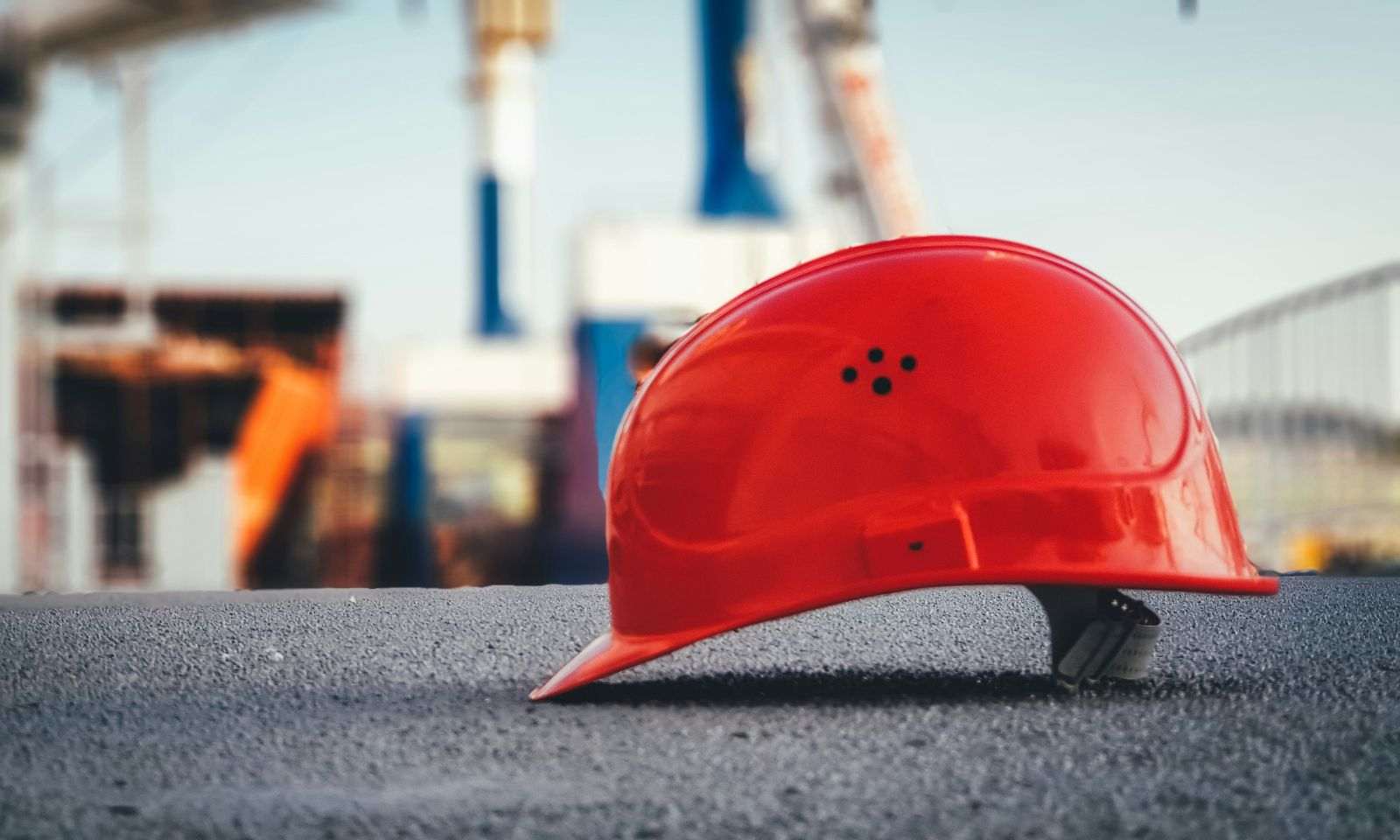

Nick Leggett.
Photo/Unspalsh
$6b package set to transform Pacific communities in NZ
From hospital upgrades to new classrooms, the initiative aims to address years of stagnation in the sector.


Kiwi sports icons back Dame Noeline Taurua amid netball conflict and coaching ouster

Figiel confessed to ‘something terrible’ before body found, Sāmoa court told

From grief to renewal: Niuean exhibition ‘Moana, Fonua’ brings generations together

Pacific island nations criticised as ceasefire calls grow in ongoing Israel-Palestine conflict

Kiwi sports icons back Dame Noeline Taurua amid netball conflict and coaching ouster

Figiel confessed to ‘something terrible’ before body found, Sāmoa court told

From grief to renewal: Niuean exhibition ‘Moana, Fonua’ brings generations together
Pacific workers and communities could reap significant benefits from the recent announcement of a $6 billion infrastructure package targeting the construction sector.
Between July and December 2025, Government-funded projects will focus on roads, hospitals, schools, and other facilities. This includes upgrades to Middlemore and Auckland City Hospitals, new classrooms, learning spaces, and major road works in Auckland, Horowhenua, Bay of Plenty, and Wellington
Infrastructure Minister Chris Bishop says every billion dollars invested equates to around 4500 jobs, with this year’s initiative expected to support 25,000 positions. Speaking to Khalia Strong on Pacific Mornings, Nick Leggett, the Chief Executive of Infrastructure New Zealand, says it is a much-needed turnaround after years of stagnation in the sector.
“The infrastructure sector's been struggling. There'll be a lot of Pasifika people with jobs, businesses, who are in and around infrastructure across the sector. When we talk about infrastructure, we're not just talking people on the tools,” Leggett says.
“There are engineers, people in banking and finance, professional services, and the Pacific communities represented in all of those. It's been a struggle over the last couple of years and we’ve seen in construction particularly a reduction in economic activity, which meant jobs.
“Unfortunately, for a lot of people who work in the industry on the front line, the alternative to not having a job on the ground is being out of work. So this will hopefully be a turnaround, and we'll see some more people employed and the trades getting cracking again.”
Watch Nick Leggett’s full interview below.
According to the Ministry of Business, Innovation and Employment (MBIE), the construction industry is New Zealand’s third-largest employer, accounting for 10.7 per cent of the country’s total workforce as of June 2023.
The $6b package is part of a more extensive $207b National Infrastructure Pipeline that includes over 8000 current or planned projects. The Government aims to fast-track consent processes, overhaul funding models, and improve project delivery timeframes through its Infrastructure for Growth programme.
Leggett says that maintaining a consistent, long-term infrastructure pipeline is vital to avoiding the start-stop patterns that have historically pushed skilled workers overseas. He says there is a nationwide desire for new classrooms, roads, housing, and medical facilities “so that our aiga can be looked after properly”.
“Two-thirds of infrastructure businesses in the last 18 months have reduced their staff numbers. 45 per cent of those businesses have lost staff overseas. When those skills and talents get lost… to bring it back when things pick up costs more money.
“Other countries do this well. New Zealand, for some reason, seems to trip itself up. There's too many political fingers often in these things. What we're trying to do is build a system that says, ‘let's look at the projects [and] what the country needs over the next 30 years’.“

The construction industry represents over 10 per cent of New Zealand's workforce. Photo/Unplash
Green Party infrastructure spokesperson Julie Anne Genter told RNZ that spending billions of dollars on road projects would not resolve New Zealand’s productivity costs. Genter argues that this investment distracts from the Government’s actions in cancelling numerous projects, which has led to a crisis in the construction industry.
Leggett assures that Infrastructure New Zealand will monitor each project funded by this investment. He says politicians’ announcements often lack substance and may not be supported by viable business plans or funding, leading to public disappointment.
“It's really important that we separate the announcements from what's real. And when things are real… we want to be able to celebrate it and talk about it.
“But look, we're really optimistic. The Government knows it's got to get this work done and that it's got to build the muscle of the industry so it can keep delivering. People are at the basis of this. It's people that drive the really effective building of the things that we need in our everyday lives.”